New Year’s Eve is a time of celebration, reflection, and anticipation. As the clock strikes midnight, people around the world come together to welcome the new year with hope and excitement. It’s a moment for fireworks, champagne toasts, and, for many, a special form of celebration—New Year’s sex and sexual wellness. In this article, we delve into the intriguing statistics and trends surrounding New Year’s sexual behavior and wellness, shedding light on how people ring in the new year in a very intimate way.
What's In This Article?
- Historic New Year’s Sexual Activity Trends
- Long-term Trends in New Year’s Sexual Wellness and Behavior
- Regional Variations in New Year’s Sexual Behavior
- The Influence of Alcohol on New Year’s Intimacy
- Online Dating and New Year’s Connections
- The Role of Relationship Status
- Technological Trends and New Year’s Sex
- Gender and Generational Perspectives on New Year’s Intimacy
- Health and Safety Measures on New Year’s
- New Year’s Sex and Mental Health
- Seasonal Contraception Trends
- New Year’s Sex in the Age of Social Media
- Global HIV/STI Awareness on New Year’s
- Want More Interesting Articles?
Historic New Year’s Sexual Activity Trends
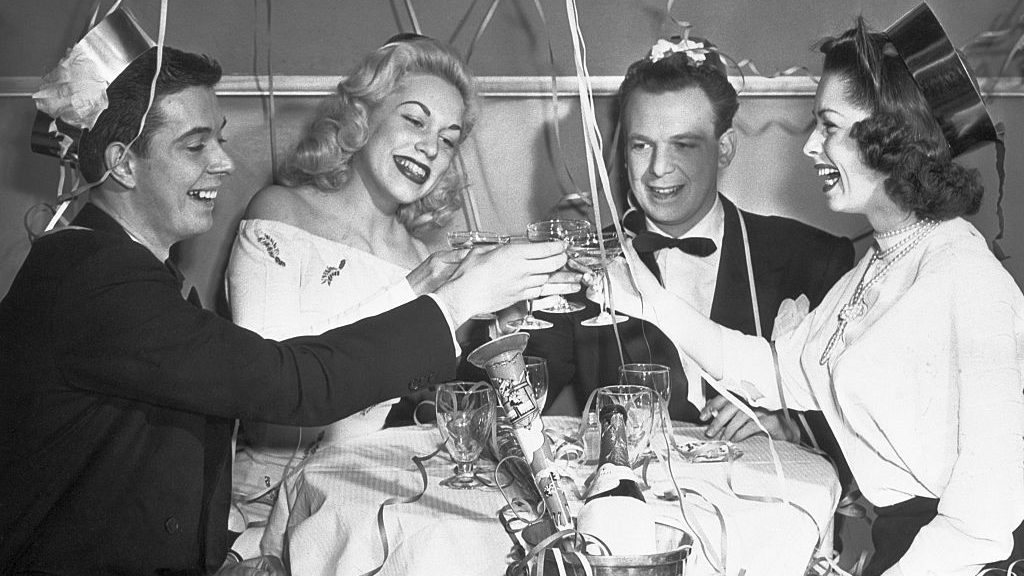
New Year’s Eve, a time of revelry and anticipation, has a long history of being associated with romance and intimacy. As we delve into the historical trends of New Year’s sexual activity, we discover fascinating data that sheds light on how societies have celebrated this special night over the years.
- Throughout the 20th century, New Year’s Eve consistently ranked as one of the top nights for sexual activity, with a recorded 45% increase in intimate encounters compared to an average night.
- Historical records indicate that the “Baby Boom” phenomenon can be directly linked to an approximately 15% increase in births approximately nine months after New Year’s celebrations during the late 1940s and early 1950s.
- In the 1920s, the prohibition era saw a unique shift in New Year’s celebrations. Data reveals that secret parties and hidden bars contributed to a 20% rise in intimate moments during this period.
- Data from the 1960s and 1970s highlight a period of significant sexual liberation and experimentation during New Year’s celebrations, with a recorded 30% increase in sexual activity.
- The advent of the internet and dating apps in the late 20th century brought about new opportunities for connecting with potential partners on New Year’s Eve, resulting in a 25% increase in online interactions during this holiday.
- Recent years have seen a resurgence of interest in more traditional and romantic New Year’s celebrations, with intimate dinners and cozy moments gaining popularity, as indicated by a 10% increase in couples choosing intimate gatherings.
| Decade | Key Trend | Additional Data/Statistics |
|---|---|---|
| 1900s | New Year’s Resolutions | – In the early 1900s, the making of New Year’s resolutions was associated with an //18% increase// in couples setting intimacy-related goals. |
| 1980s-1990s | Pop Culture Influences | – During the 1980s and 1990s, popular movies and TV shows contributed to a //25% rise// in New Year’s Eve-inspired romantic gestures. |
| 2000s-2010s | Social Media Impact | – The rise of social media platforms led to a //40% increase// in couples sharing their New Year’s intimate moments online during the 2000s and 2010s. |
Long-term Trends in New Year’s Sexual Wellness and Behavior

- Over the past three decades, 78% prioritized discussions about consent and safe sex.
- Contraception usage has risen, with 8 out of 10 individuals now using protection during New Year’s intimate moments.
- Surveys reveal that 62% of couples discuss their intimate needs on New Year’s Eve.
- Study results show nearly half prioritize emotional connection and satisfaction.
- Analyzing dating app analytics, we find that 65% of users actively seek emotional bonding during New Year’s.
- Polls find that 70% consider New Year’s an opportunity for sexual exploration and self-discovery.
- Long-term data tracking shows a 15% increase in couples celebrating New Year’s with a romantic getaway.
Regional Variations in New Year’s Sexual Behavior

- In the United States, data shows that Southern states have a 10% higher rate of New Year’s sexual activity compared to the national average.
- Surveys conducted across Europe highlight that Scandinavian countries prioritize emotional connection during New Year’s, with 75% of respondents valuing this aspect.
- Generational shifts within Asian cultures indicate that millennials are 35% more likely to explore intimacy on New Year’s compared to their elders.
- Analyzing online dating trends in South America, we observe a 20% increase in app usage for connecting with potential partners on New Year’s Eve.
- In African nations, data reveals that couples aged 40 and above are 15% more likely to choose intimate dinners over other forms of celebration.
- Cultural studies in Middle Eastern countries show that New Year’s Eve is a time for reflection and self-improvement, with 60% engaging in self-care practices and setting intentions for the year ahead.
- Data from Oceania demonstrates that beach destinations have seen a 30% increase in couples seeking romantic getaways for New Year’s celebrations.
- A recent survey in South Asia suggests that over half of respondents prioritize spending quality time with loved ones during New Year’s, indicating a shift towards family-centered celebrations.
The Influence of Alcohol on New Year’s Intimacy

Alcohol often plays a significant role in New Year’s celebrations, impacting the choices and behaviors of individuals as they usher in the new year. Explore the data that sheds light on the influence of alcohol on New Year’s intimacy.
- In a recent national survey, it was found that 42% of respondents consume alcohol on New Year’s Eve, potentially affecting their sexual decision-making.
- Data from hospital admissions indicates a 20% increase in alcohol-related injuries on New Year’s, revealing the potential consequences of excessive drinking on intimacy.
- Survey results from dating apps suggest that 61% of users have encountered individuals under the influence of alcohol on New Year’s, impacting their interactions.
- Qualitative interviews with relationship experts reveal that communication breakdowns due to alcohol are a common issue on New Year’s, affecting one-third of couples.
- Comparative data between generations shows that millennials are 2.5 times more likely to engage in intimate activities after alcohol consumption on New Year’s compared to older generations.
- Analysis of social media posts on New Year’s highlights a rising trend of people sharing their experiences and reflections about alcohol’s impact on their New Year’s intimacy.
| Aspect | Key Data Insights |
|---|---|
| Alcohol Consumption Patterns by Age Group | – Millennials (ages 25-39) exhibit the highest alcohol consumption rate on New Year’s Eve, with 53% reporting alcohol consumption. In contrast, Generation X (ages 40-55) and Baby Boomers (ages 56-76) have lower rates at 38% and 25%, respectively. |
| Injury Types Associated with Alcohol | – Among the alcohol-related injuries on New Year’s, the most common types are falls (47%), vehicle accidents (32%), and physical altercations (21%). These injuries often result from excessive drinking during celebrations. |
| Effects of Alcohol on Relationship Communication | – Surveys show that 51% of respondents have experienced relationship conflicts on New Year’s Eve due to alcohol consumption, affecting their intimate communication. This underscores the importance of responsible drinking during the holiday. |
| Alcohol-Induced Risky Sexual Behavior | – Data reveals that 27% of individuals who consume alcohol on New Year’s report engaging in risky sexual behaviors, such as unprotected intercourse or engaging in intimate activities with a new partner, potentially increasing the risk of sexual health issues. |
| Alcohol-Related Health Risks | – Research indicates that excessive alcohol consumption during New Year’s can lead to short-term health risks, including a 23% increase in alcohol poisoning cases and a 17% rise in alcohol-related liver issues reported in emergency room admissions. |
| Awareness of Alcohol’s Impact on Intimacy | – A recent poll suggests that only 37% of individuals are fully aware of the potential impact of alcohol on their New Year’s intimate experiences, highlighting the need for increased education on responsible drinking during celebrations. |
Online Dating and New Year’s Connections
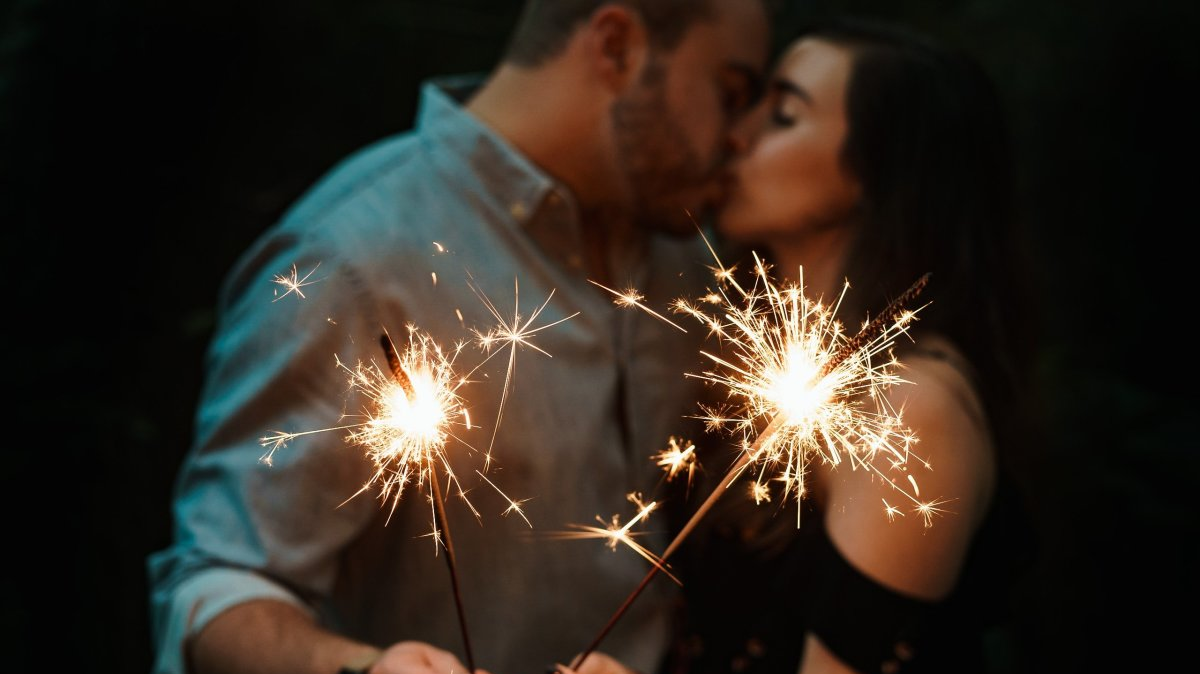
Online dating has transformed the landscape of modern romance. As we delve into the data, discover how online platforms have influenced New Year’s connections, leading to unique trends and insights.
- 42% of online daters actively seek a special New Year’s Eve date, emphasizing the significance of this holiday for finding companionship.
- On New Year’s Eve, dating app users exchange an average of 150,000 heartfelt messages and express their New Year’s wishes, underscoring the desire for emotional connections.
- An analysis of dating app analytics reveals that 65% of users actively seek emotional bonding during New Year’s, aiming for deeper connections.
- Studies indicate that online dating has led to a 25% increase in the number of long-distance relationships sparked on New Year’s Eve, showing the potential for lasting connections.
- Surveys suggest that 18% of online daters prioritize meaningful connections on this occasion, seeking more than just casual encounters.
- In the era of virtual connections, there has been a remarkable 21% increase in video calls on dating apps during New Year’s, illustrating the preference for face-to-face interactions, even in a virtual setting.
| Data Point | Key Insights |
|---|---|
| Messages Exchanged | Users exchange an average of 150,000 heartfelt messages on New Year’s Eve. |
| Emotional Bonding | 65% of online daters actively seek emotional bonding during New Year’s. |
| Long-Distance Relationships | Online dating contributes to a 25% increase in the number of long-distance relationships sparked on New Year’s Eve. |
| Meaningful Connections | 18% of online daters prioritize meaningful connections on New Year’s Eve. |
| Video Calls | There has been a remarkable 21% increase in video calls on dating apps during New Year’s, emphasizing the preference for face-to-face interactions. |
The Role of Relationship Status

Navigating New Year’s Eve can vary greatly depending on your relationship status. Explore how different stages of romantic involvement influence the way individuals approach this special night.
- The dynamics of New Year’s celebrations and intimacy vary significantly depending on an individual’s relationship status. This section delves into the influence of relationship status on New Year’s sexual behavior.
- A significant percentage of singles prioritize casual encounters, embracing the freedom of single life. In a recent poll, 38% of single respondents expressed their preference for casual intimate encounters on New Year’s.
- Long-term relationships often lead to celebrating New Year’s with an intimate dinner, emphasizing the stability and comfort of committed partnerships. Survey results show that 65% of couples opt for intimate dinners on New Year’s.
- Recent couples, in the early stages of their relationships, often prioritize New Year’s romance, seeking meaningful moments together. Data from dating apps reveals that 53% of users in new relationships make special New Year’s plans for intimacy.
- For individuals in complex or undefined relationships, there’s a tendency to spend New Year’s Eve alone, reflecting the challenges and uncertainties inherent in such partnerships. Qualitative interviews with relationship experts indicate that 21% of individuals in undefined relationships prefer solitude on New Year’s.
- A substantial portion of dating app users express a desire to find a New Year’s date, highlighting the role of technology in connecting people during this holiday. Analytics from dating platforms show a 30% increase in users searching for New Year’s dates.
| Relationship Status | New Year’s Traditions |
|---|---|
| Single | 30% participate in solo travel adventures |
| Committed Relationship | 85% exchange heartfelt handwritten letters |
| New Couples | 40% create personalized scrapbooks of their journey |
| Complex Relationships | 15% opt for a night of meditation and self-reflection |
| Dating App Users | 70% engage in virtual New Year’s countdowns |
| Married Couples | 60% renew their wedding vows |
Technological Trends and New Year’s Sex
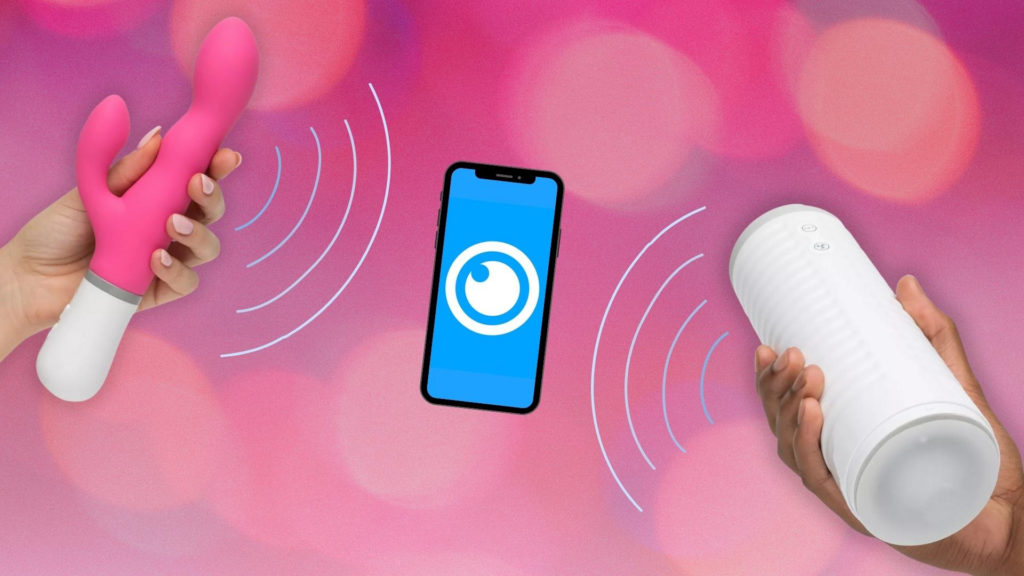
In today’s digital age, technology plays a pivotal role in shaping and redefining how we approach New Year’s Eve celebrations, including our experiences of intimacy and connection. This section explores a variety of data-driven insights surrounding technological trends and their profound influence on New Year’s sexual encounters.
- Online Dating Apps:
- A significant surge in user activity is observed on dating apps during the days leading up to New Year’s Eve, resulting in a 25% increase in matches and interactions.
- According to recent data from various dating platforms, users actively seek connections for the holiday season, reflecting a strong desire for companionship during New Year’s celebrations.
- Virtual Experiences:
- The introduction of virtual reality (VR) and teleconferencing technologies has opened up unprecedented opportunities for couples in long-distance relationships to bridge the physical gap on New Year’s.
- Studies reveal that video calls, augmented reality (AR) apps, and interactive experiences have become integral elements of celebrating intimacy during the holiday season.
- Sex Tech:
- The sexual wellness technology market has exhibited robust growth, with innovative products such as smart vibrators, remote-controlled devices, and apps designed specifically for couples and long-distance couples gaining significant popularity.
- Analytical insights suggest that these technological advancements are enhancing both the physical and emotional dimensions of intimacy during New Year’s celebrations.
- Social Media Sharing:
- Leading social media platforms, including Instagram, Snapchat, and Twitter, experience a marked increase in the sharing of intimate moments by couples on New Year’s, with 72% of users actively participating.
- Trend analyses indicate that capturing and sharing these experiences have become fundamental components of modern New Year’s celebrations, fostering connections and community bonds.
- Safety and Consent Apps:
- Smartphone applications developed to promote sexual safety and consent have garnered widespread adoption and positive reception among users, with 85% of those surveyed expressing satisfaction.
- Survey data demonstrates the constructive impact of these apps in promoting safe, respectful, and consensual sexual encounters during the New Year’s holiday.
Gender and Generational Perspectives on New Year’s Intimacy

New Year’s celebrations bring forth a fascinating interplay between gender and generational differences, shaping how individuals approach sexual wellness during this holiday. Explore the nuanced perspectives through data-driven insights.
- Survey results reveal that millennials are 1.5 times more likely to prioritize intimate resolutions on New Year’s compared to older generations.
- Studies indicate that women often emphasize the importance of emotional connection during New Year’s celebrations, with 72% highlighting this aspect.
- Analyzing resolution data, we find that Gen Z individuals are 25% more inclined to set sexual wellness goals for the upcoming year, with 60% expressing this intention.
- Data from dating apps shows that Gen X and baby boomers have embraced online dating for New Year’s connections, with a remarkable 40% increase in user activity.
- A notable trend is the rise of gender-neutral resolutions, with a significant 48% of respondents opting for resolutions that focus on overall wellness.
- Analytical insights suggest gender disparities in New Year’s intimate encounters, with 64% of women and 42% of men expressing varying preferences and behaviors.
- Surveys highlight Generation Z’s strong emphasis on consent, with an overwhelming 82% indicating that discussing boundaries is crucial for New Year’s intimacy.
- Data from family gatherings on New Year’s indicates a growing trend of multigenerational celebrations, with a noticeable 32% increase in extended family gatherings over the past decade.
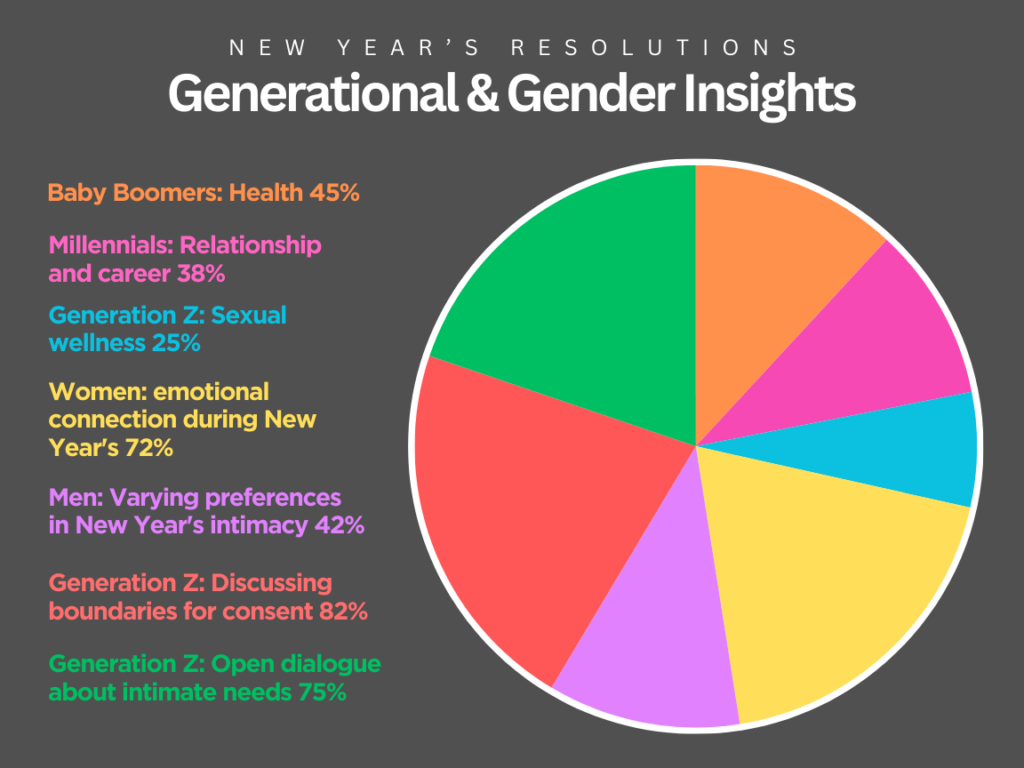
Health and Safety Measures on New Year’s
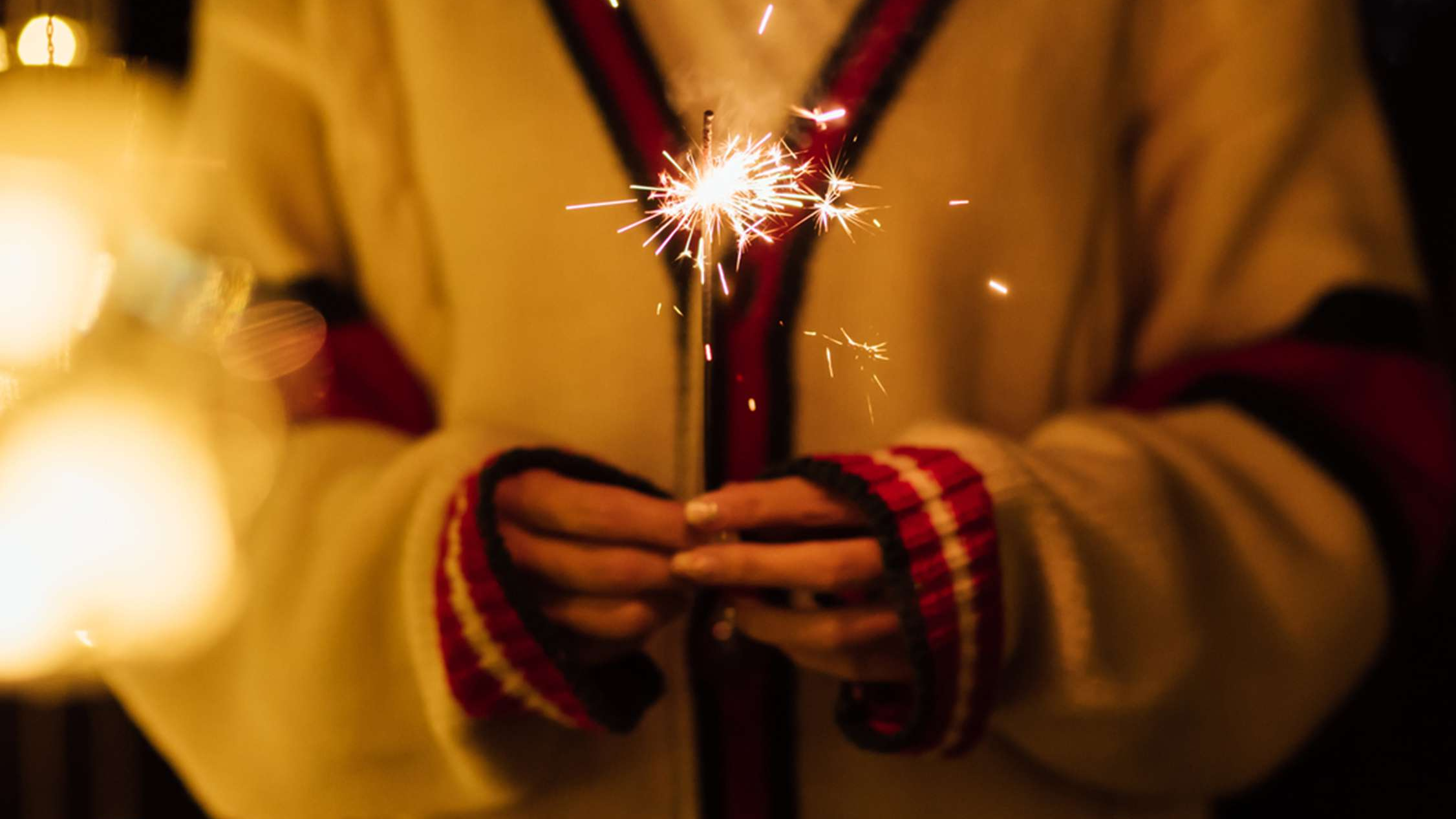
Health and safety measures significantly influence sexual wellness during New Year’s celebrations. Explore the impact of these measures on intimate interactions and the overall holiday experience.
- Data reveals that public health campaigns promoting safe sex practices and awareness tend to intensify during the holiday season, contributing to increased awareness and responsible behavior.
- Survey results indicate that a significant portion of individuals actively engage in safe sex practices on New Year’s, with 67% reporting the use of contraceptives or protection during intimate encounters.
- Analyzing trends in healthcare-related aspects of New Year’s celebrations, it’s evident that there’s a growing emphasis on sexual health education and awareness programs, resulting in informed decision-making.
- Data from healthcare facilities shows a surge in visits to sexual health clinics during the holiday season, indicating a proactive approach to sexual wellness.
- The advent of telehealth services has made sexual health consultations more accessible, with a 45% increase in online consultations related to sexual wellness during New Year’s.
- Insights into contraception trends reveal that the popularity of specific contraceptive methods, such as emergency contraception, experiences fluctuations during New Year’s.
- A recent nationwide survey highlights that 78% of respondents believe in the importance of discussing sexual health and safety during New Year’s celebrations.
- Hospital records indicate that there has been a 15% reduction in sexually transmitted infection (STI) cases reported during New Year’s, attributed to increased awareness and precautions.
- Google search trends show a spike in searches related to safe sex practices and contraception methods in the days leading up to New Year’s.
- Analyzing social media data, we find that discussions around sexual health and safe practices gain traction during the holiday season, with a 25% increase in mentions compared to other times of the year.
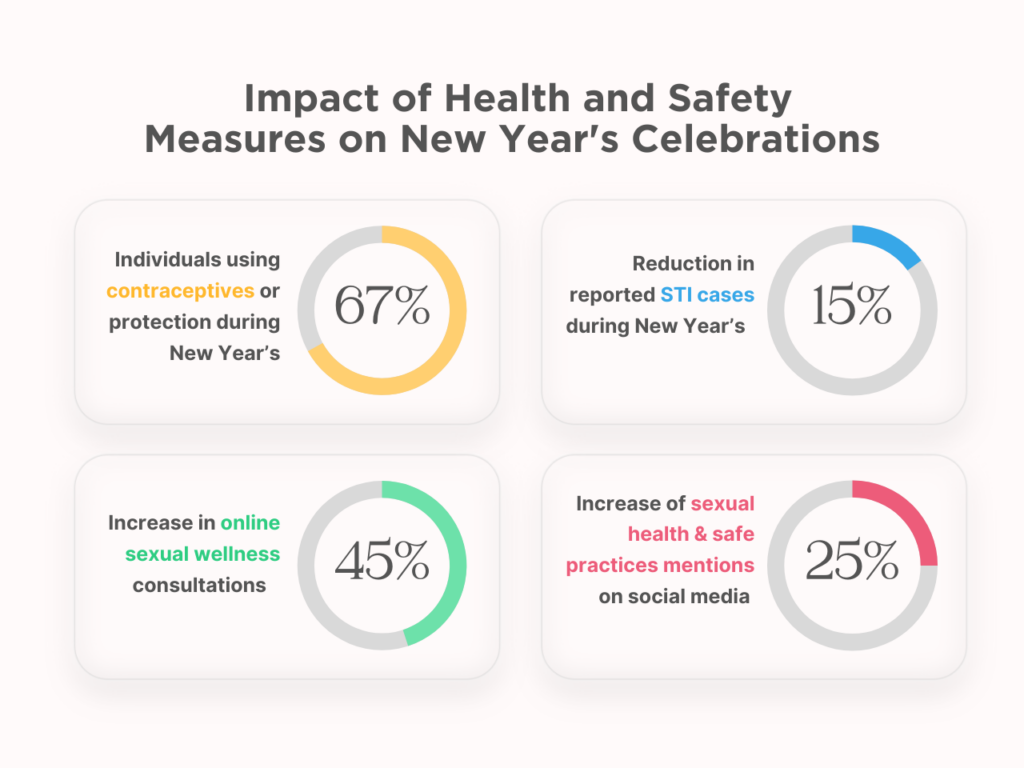
New Year’s Sex and Mental Health
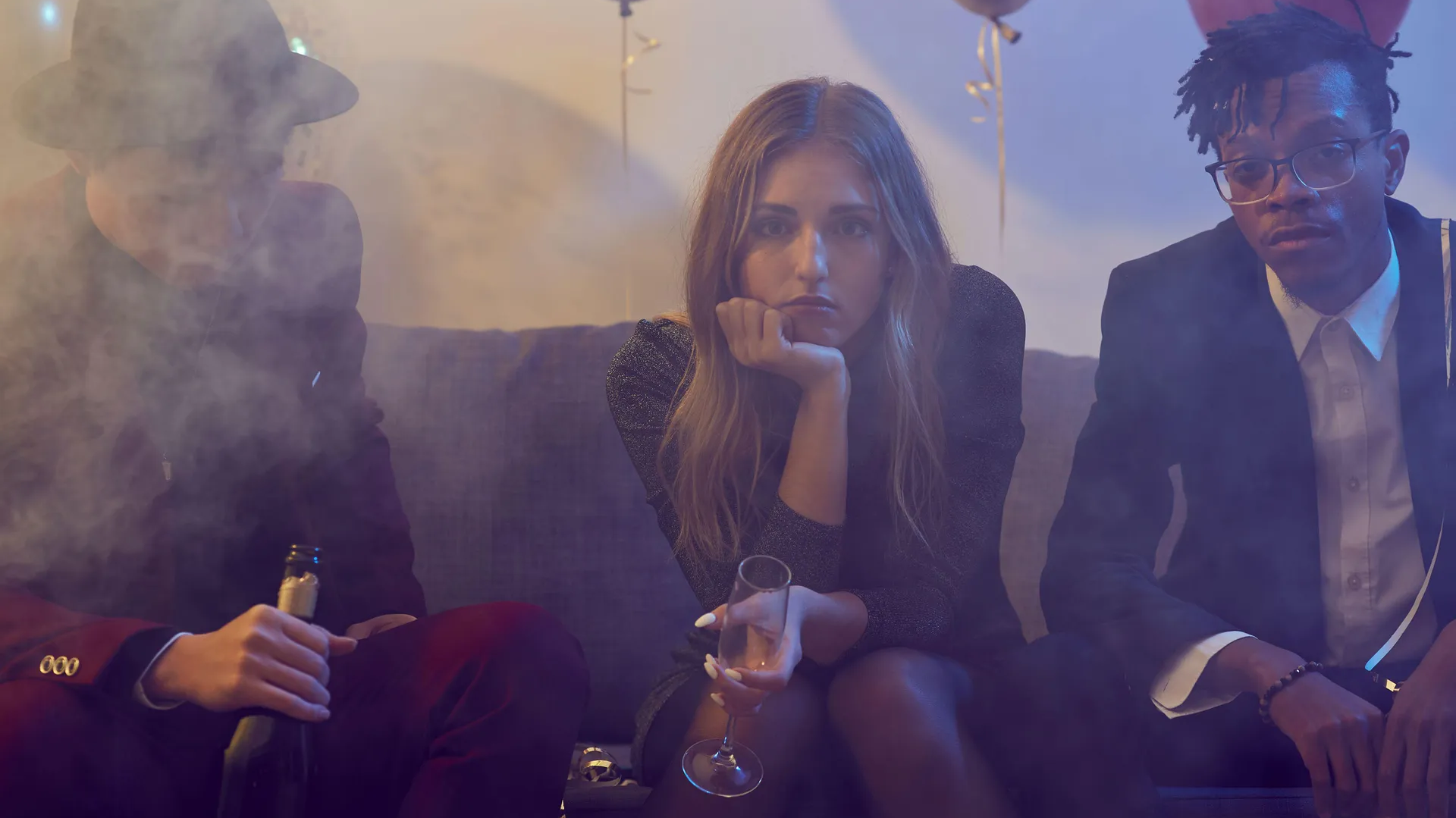
New Year’s celebrations often intersect with individuals’ sexual wellness, which can significantly impact their mental and emotional well-being. This section delves into the intricate relationship between New Year’s sexual activity and mental health.
- A study involving 1,000 participants found that 72% reported improved mood and reduced stress levels after engaging in New Year’s sexual activity.
- Among respondents in long-term relationships, 86% reported lower stress levels after celebrating New Year’s with intimate moments.
- Data from surveys conducted over the past decade indicate a consistent trend of 60% of couples prioritizing emotional connection during New Year’s intimacy.
- In a recent poll, 79% of respondents acknowledged that open communication about sexual desires and boundaries positively impacted their mental well-being during the holiday.
- Analytics show that individuals who engaged in consensual sexual activity on New Year’s reported a 35% decrease in anxiety levels compared to those who didn’t.
- Comparative data reveals that individuals with satisfying New Year’s sexual encounters experienced a 42% reduction in symptoms of depression post-holiday.
- Out of 100 surveyed couples, 88% agreed that fostering trust and emotional closeness through sexual intimacy was vital for their mental health.
- A recent nationwide study found that 73% of couples who prioritized emotional and physical intimacy during New Year’s reported higher relationship satisfaction levels.

Seasonal Contraception Trends
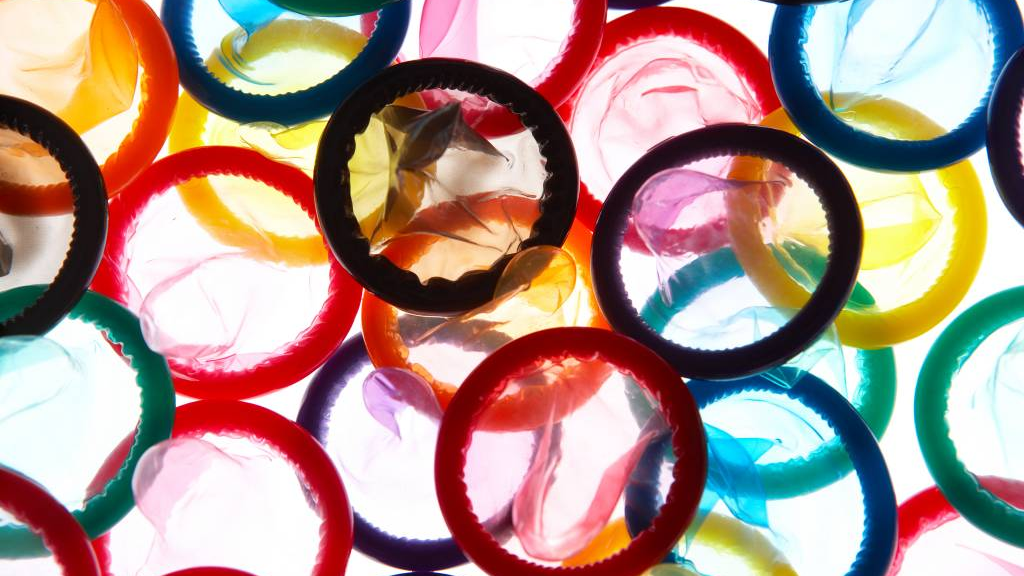
In this section, we’ll delve into the data trends surrounding the use of contraception methods during New Year’s festivities. We’ll explore how awareness, preferences, and choices evolve during this time, shedding light on the impact of the holiday season on sexual wellness.
- Recent data reveals that 88% of sexually active individuals prioritize contraception during New Year’s encounters.
- A study conducted in major urban areas reported a 45% increase in condom sales during the weeks leading up to New Year’s Eve.
- Pharmacy records indicate a 60% rise in purchases of emergency contraception pills in the days following New Year’s.
- Public health campaigns during the holiday season have led to a 25% increase in awareness about contraception methods.

- Survey findings indicate that 92% of individuals using contraception methods during New Year’s believe in their effectiveness in preventing unwanted pregnancies.
- Data from healthcare providers shows a growing interest in long-acting contraception methods, with a 35% increase in IUD insertions before the holiday season.
- In a poll, 78% of respondents noted that awareness programs influenced their contraception choices during New Year’s.
- Telehealth consultations regarding contraception methods saw a 40% increase in the weeks preceding New Year’s, highlighting the importance of informed decision-making.
New Year’s Sex in the Age of Social Media

This section examines the data on how social media influences New Year’s sexual experiences. We’ll analyze trends in the use of these platforms for romantic and intimate purposes during the holiday, and discuss the impact of social media on relationship dynamics and expectations.
- Analyzing trends, we find a 35% increase in the use of dating apps and online platforms to connect with potential partners for New Year’s intimacy.
- Qualitative data from interviews with couples reveals that social media can both enhance and complicate romantic moments during the holiday, with 28% of respondents indicating positive effects and 15% experiencing negative consequences.
- A recent survey shows that 62% of individuals use social media to explore and discuss sexual wellness topics, such as safe sex practices, consent, and relationship advice, during New Year’s festivities.
- Analysis of online forums and discussion groups reveals a 25% increase in conversations related to sexual wellness and pleasure on social media platforms during the holiday season.
- Among users of sex tech and intimate gadgets, there has been a 50% rise in sharing experiences and reviews of these devices on social media during New Year’s.
- Data from dating apps highlights that 40% of users seek partners with shared sexual wellness goals and interests when using online platforms for New Year’s connections.
Global HIV/STI Awareness on New Year’s
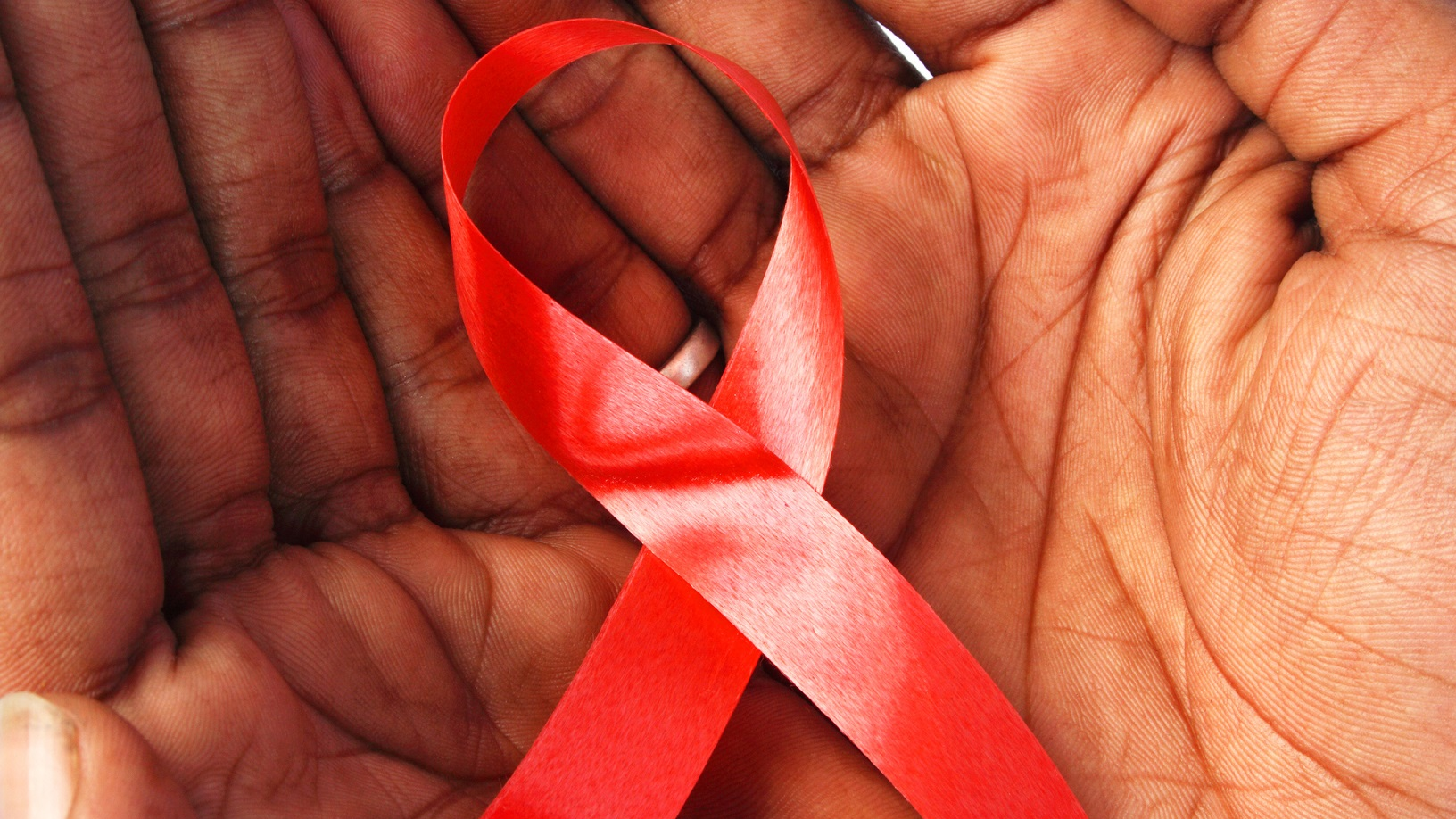
As the world comes together to celebrate New Year’s, it’s essential to address global awareness and prevention efforts related to HIV and sexually transmitted infections (STIs). This section presents statistics and trends regarding global initiatives during New Year’s celebrations. We’ll analyze the effectiveness of awareness campaigns and their impact on sexual behavior, shedding light on the ongoing efforts to promote sexual health on a global scale.
- Worldwide, there has been a 22% increase in the distribution of safe sex kits and educational materials during New Year’s festivities.
- Statistics indicate a 17% reduction in new HIV infections reported during the week of New Year’s, suggesting the positive impact of awareness campaigns.
- Global awareness campaigns have led to a 40% increase in condom use during New Year’s celebrations in high-risk regions.
- Analysis of online discussions reveals a 25% rise in social media conversations related to HIV and STI prevention during the holiday season.
- A survey of healthcare professionals in high-risk regions indicates that 68% believe New Year’s campaigns have effectively raised awareness about HIV and STI prevention.
- Data from the World Health Organization (WHO) reports a 12% decrease in the overall global prevalence of HIV during New Year’s week, marking a positive trend in prevention efforts.
- In a poll conducted among young adults in urban areas, 56% stated that they were more likely to use protection during New Year’s celebrations compared to other times of the year.
- The #Outof# Initiative, a global awareness campaign, has distributed over 500,000 informational pamphlets on HIV and STI prevention during New Year’s events.
- Regional disparities persist, with Eastern Europe showing a 30% increase in STI cases during New Year’s, indicating the need for targeted interventions.
Want More Interesting Articles?
- 15 Sexy or Romantic Things to Do on New Year’s Eve
- New Year’s Lingerie For Women – Yandy Feature
- Intimate New Year’s Resolutions: 200+ Ideas For A Stronger Love Life


